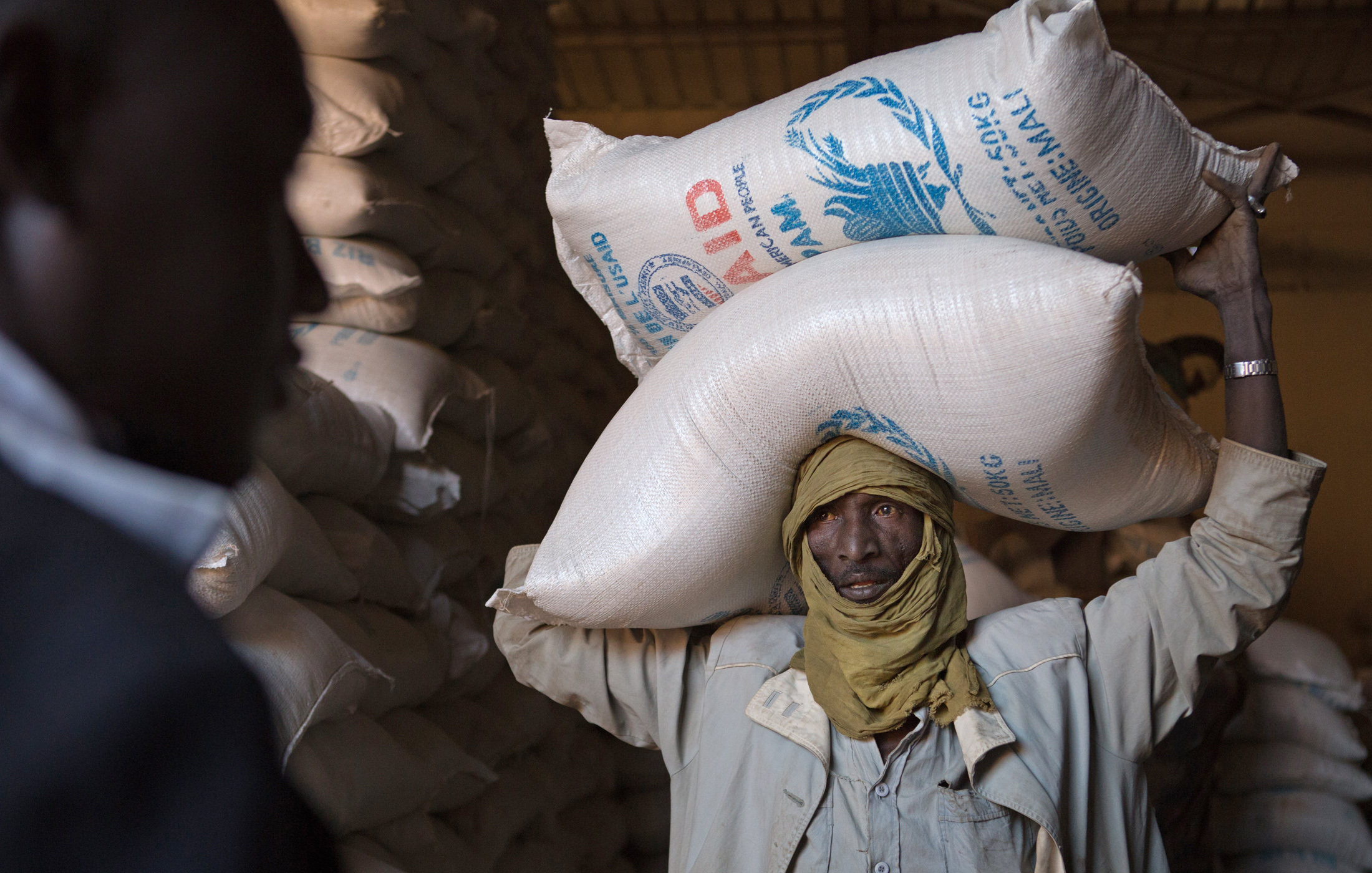The owners of US ships responsible for delivering food aid are now in line to receive millions of dollars in new subsidies as a result of proposed reform, news reports say. Under current law, almost all American food aid – worth around $1.8 billion in 2014 – must be purchased in the United States, and at least half of it must be transported on US-flagged vessels, a combination that costs 25-50 percent more than on the open market.
Get the day’s top headlines in your inbox every morning
Starting at just $5 a month, you can become a member of The New Humanitarian and receive our premium newsletter, DAWNS Digest.
DAWNS Digest has been the trusted essential morning read for global aid and foreign policy professionals for more than 10 years.
Government, media, global governance organisations, NGOs, academics, and more subscribe to DAWNS to receive the day’s top global headlines of news and analysis in their inboxes every weekday morning.
It’s the perfect way to start your day.
Become a member of The New Humanitarian today and you’ll automatically be subscribed to DAWNS Digest – free of charge.





